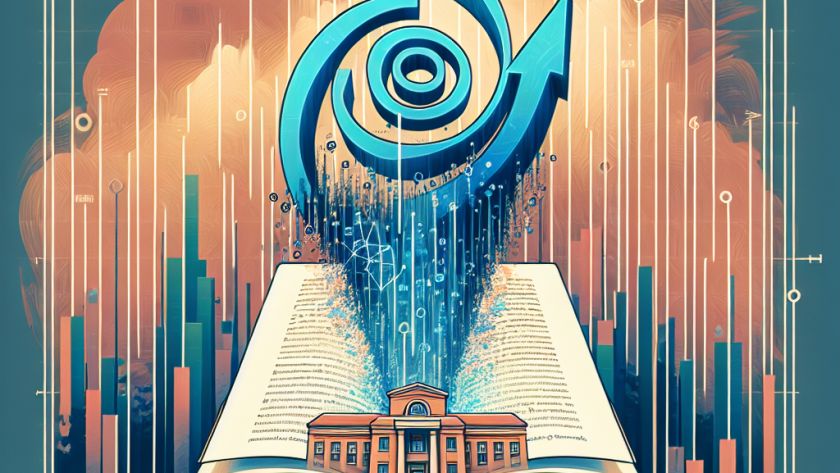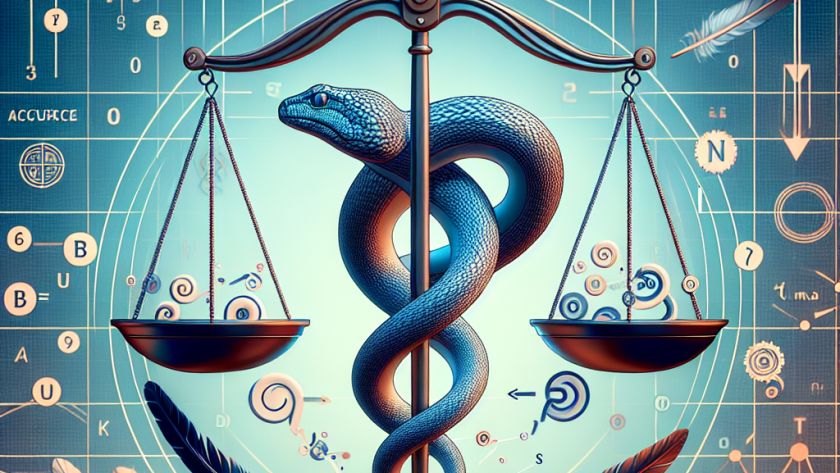KAIST AI's introduction of the Odds Ratio Preference Optimization (ORPO) represents a novel approach in the field of pre-trained language models (PLMs), one that may revolutionize model alignment and set a new standard for ethical artificial intelligence (AI). In contrast to traditional methods, which heavily rely on supervised fine-tuning (SFT) and reinforcement learning with human…












